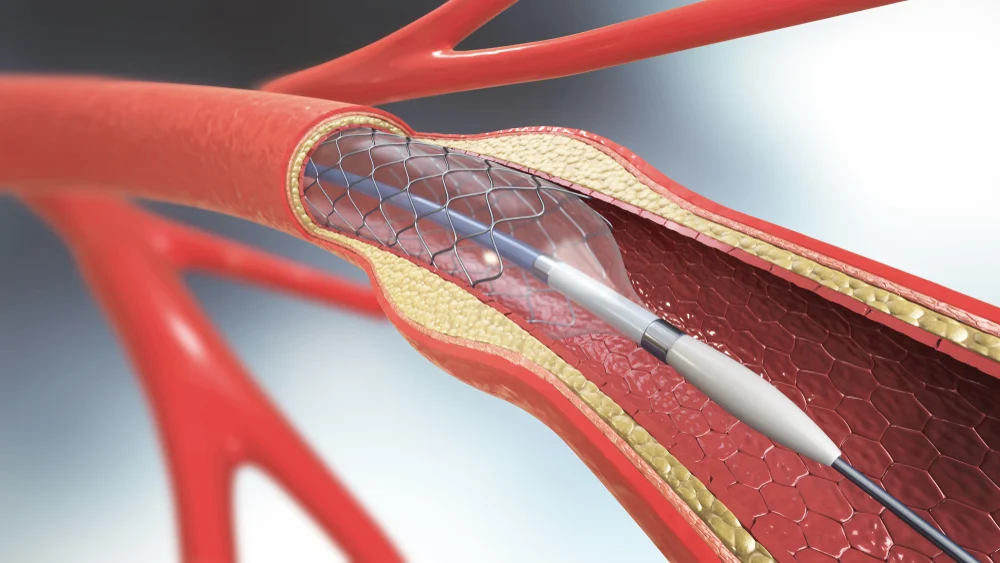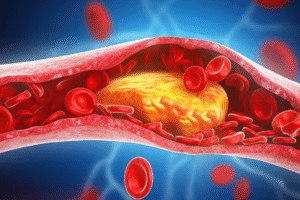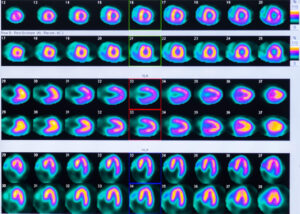When most people think of coronary angioplasty, they picture a tiny metal scaffold –or stent– being left inside the heart’s arteries. But advances in technology now allow for a different approach: angioplasty using drug-coated balloons (DCBs), where no permanent implant is left behind.
This strategy, known as stent-free angioplasty, is transforming how certain types of coronary artery disease are treated.
What Is Coronary Angioplasty?
Coronary angioplasty is a minimally invasive procedure used to open narrowed or blocked heart arteries. Traditionally, it involves inflating a balloon to compress plaque buildup, followed by the placement of a stent to keep the artery open.
However, while stents have significantly improved outcomes, they come with some long-term considerations –including the potential for re-narrowing (in-stent restenosis), risk of clot formation, and the need for prolonged dual-antiplatelet therapy (DAPT).
What Makes Stent-Free Angioplasty Different?
Instead of placing a stent, stent-free angioplasty uses drug-coated balloons. These balloons deliver medication (such as paclitaxel or sirolimus) directly into the vessel wall during a brief inflation – without leaving anything behind.
This approach may be considered in suitable cases, including:
- Small vessel coronary disease
- In-stent restenosis
- Patients at high bleeding risk
- Certain types of bifurcation (branching artery) lesions
- Acute coronary syndromes (in select situations)
Benefits of the “Leave Nothing Behind” Approach
- No permanent implant: The artery is treated without a foreign object remaining inside.
- Preserved vessel flexibility: Natural artery motion is maintained.
- Lower risk of late stent thrombosis: Particularly helpful for patients who cannot tolerate long-term blood thinners.
- Simplified future interventions: Since there is no stent, future procedures may be easier if needed.
Is It Suitable for Everyone?
Not every coronary lesion can be treated with DCBs alone. Careful preparation of the artery is essential to ensure optimal results. In some cases, a stent may still be required if the artery shows significant recoil or dissection after ballooning.
At Heart Specialist International, Dr Paul Ong has contributed to international guidelines and clinical trials on the safe and effective use of drug-coated balloons in coronary interventions. The clinic offers both traditional angioplasty and this emerging stent-free option when clinically appropriate.
What to Expect During the Procedure
- Performed under local anaesthesia, typically via the wrist (trans-radial approach)
- Balloon catheter delivers medication during inflation
- No implant left behind if the artery is stable and has good blood flow
- Shorter course of antiplatelet medication may be possible in some patients
Should You Consider Stent-Free Angioplasty?
This approach may be discussed if:
- You have had restenosis inside a previous stent
- Your arteries are small in diameter
- You are at high risk of bleeding
- You want to avoid a permanent implant if possible
Every case is different. The best treatment depends on your overall heart health, the nature of your blockage, and your personal risk profile.
Speak to a Cardiologist
To find out if stent-free angioplasty is suitable for you, schedule a consultation with Dr Paul Ong at Heart Specialist International. Our team will carefully assess your condition and guide you through the most appropriate options for your heart health.












